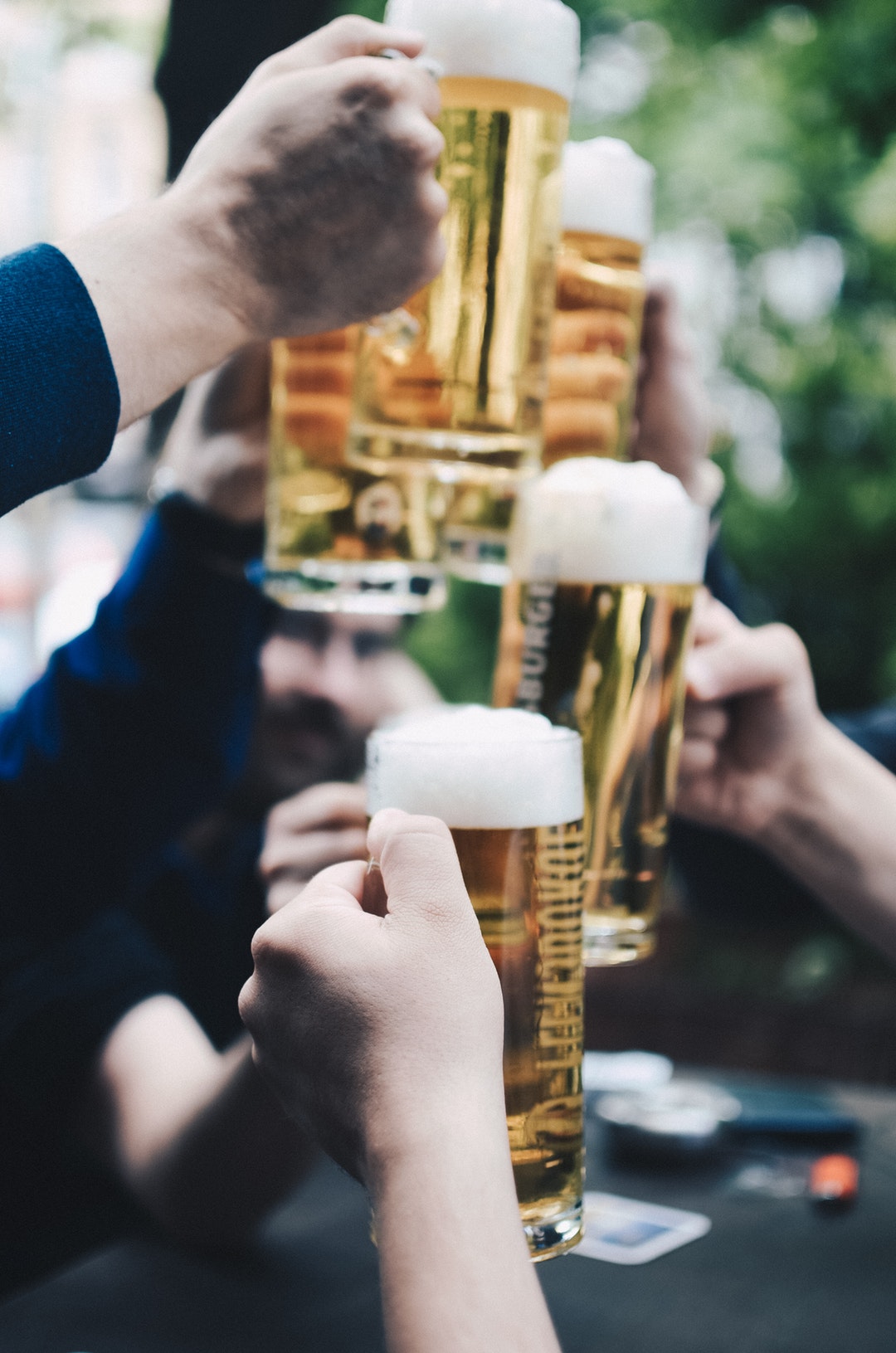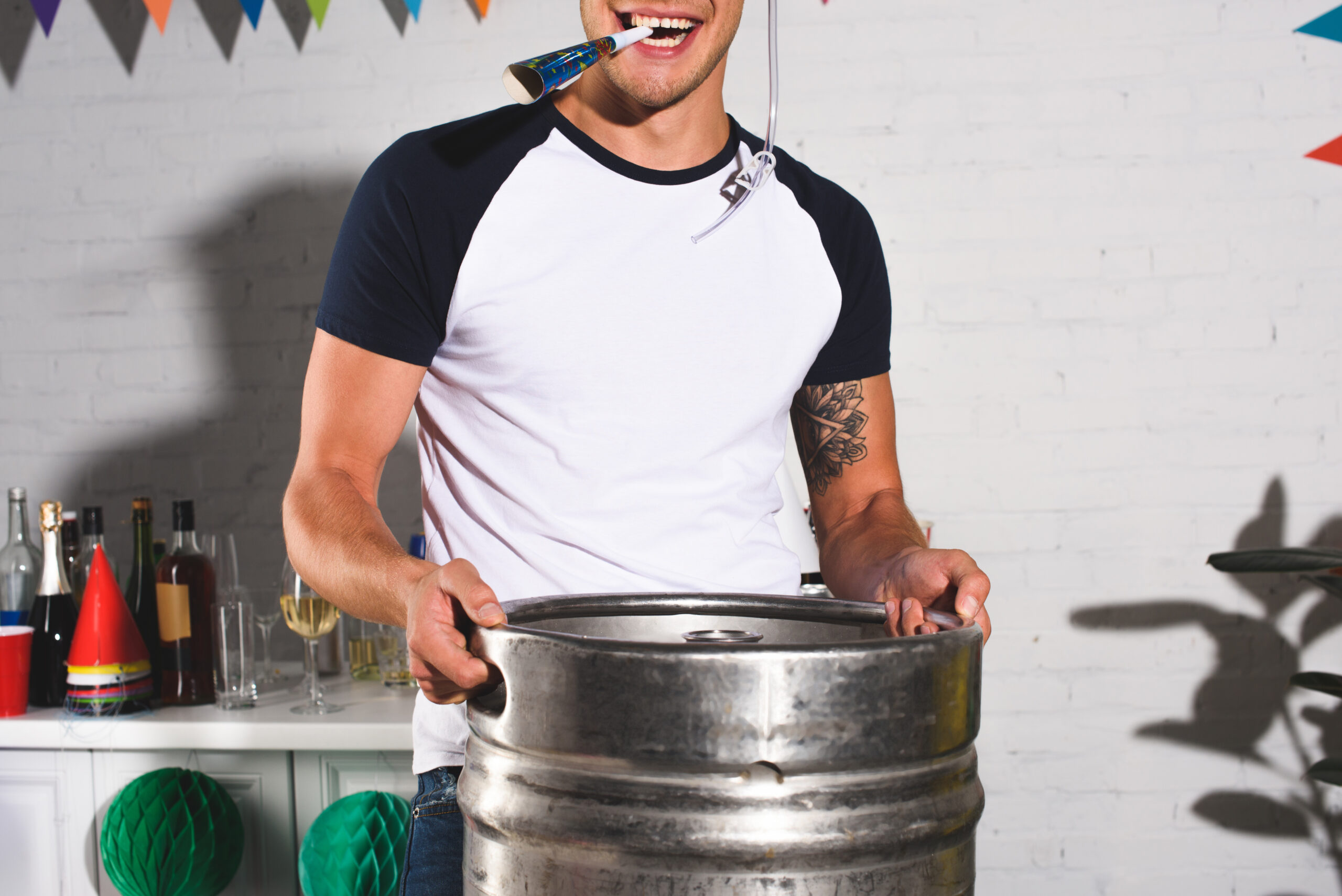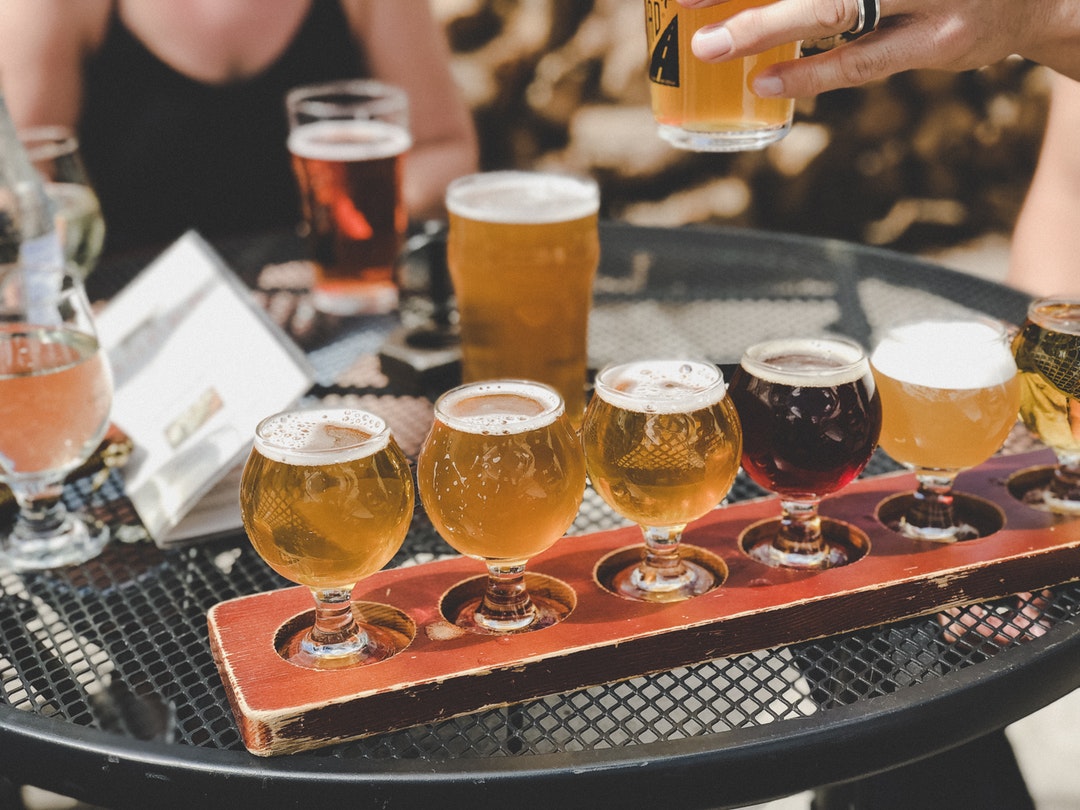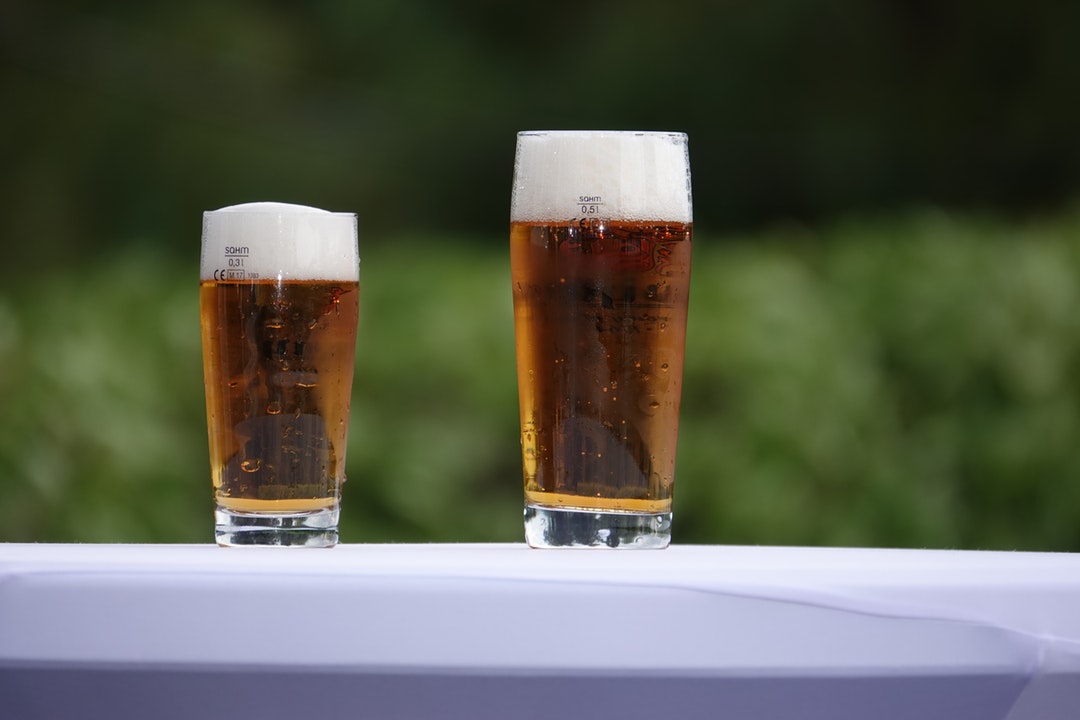There are few things in the world more glorious than a fresh keg of beer. The effect that beer has on making good times happen has been a thing for forever – and it certainly shows no signs of slowing down.
However, a beer is only good as long as it’s fresh, and how fresh your beer is depends entirely on how long your keg can keep it fresh. In other words: no good keg, no fresh beer…and that means no good times.
It’s clear that the keg is necessary to ensure the survival of our beer. That being the case, we need to ask ourselves this serious question: how long is a keg good for?
There’s more to this answer than just a simple number, of course. How a keg is made, what it’s made of, and the design is just a few of the things you need to consider when it comes to the life of a keg – as you’re about to discover.
How Long Is a Keg Good For? You’re Answers, Revealed
As we’re clearly fanatics about kegs, we’re going to tell you everything you need to know about the life of a keg so you can choose the best one for your beer. Keep reading to find out more.
How Is the Keg Made?
One of the most important things to think about is how is the keg actually made. Though we don’t actually hold our beer in wooden barrels anymore (although that’s still practiced to an extent in some breweries), how it’s made still matters.
Most kegs these days are designed using metal, as that holds in the flavor of the beer longer. The difference lies in how exactly the keg is formed.
In general, there are two different types of keg styles: small ones and large ones. The larger kegs have a more barrel-like shape, while most smaller ones have a more refined shape.
Of course, the bigger ones are able to hold more beer, so you’ll have more to drink. However, it’s been argued that smaller kegs are much better at sealing in the flavor, so your beer tastes better for longer than the larger kegs.
Manual Pump or CO2?
The second part of knowing how long does a keg last is what means you use to move the beer out of the keg and into the glass. In other words, do you use a manual pump or do you opt for CO2 instead?
On the surface, it may not seem like such a big deal; after all, as long as it makes it to your mouth, it’s all good, right? But ask this question to a room full of beer fanatics and you can guarantee you’ll have a war on your hands.
The difference lies not so much in how it makes it to your glass, but in what measures are taken for it to get there, and how it affects your drink.
The Manual Pump
With a manual pump, the setup is much simpler than using CO2. All you have to do is attach a pump to the kegerator, and with a couple of presses, voila! You have your beer.
This also makes the manual pump much more affordable than CO2, so if you’re looking to save money this is definitely something you’ll want to consider.
However, you’ll want to keep in mind that a manual pump uses the surrounding air to create the pressure you need to propel the beer. In other words, oxygen from the outside is added to the mix of you beer as you pump.
This means that your beer will interact with the oxygen, which may, in turn, affect the way your beer tastes.
Of course, this won’t be noticeable instantly; in fact, it takes a considerable amount of time for the oxygen to affect the flavor of the beer, so if you have a small keg you should be able to have refreshing beer from start to finish.
However, if your keg is larger – say, a full-size keg – you may start noticing a change in taste as you continue to drink the beer (unless you’re having a massive party that will drain the keg in a day or two).
In most cases, a keg that uses a manual pump will provide fresh beer for only a few days before the beer becomes noticeably stale, so make sure to enjoy it fast.
Using CO2
On the other hand, you could use CO2 to power your kegerator instead.
Setting up a CO2 dispenser is the way most beer fanatics opt for. That’s because unlike the manual pump, the CO2 dispenser does a much better job at protecting the taste of your beer.
When beer is oxidized, the taste is changed and it becomes stale. That’s why after enough uses of the manual pump, your beer starts to have a different taste than it did when you first started drinking it.
CO2, on the other hand, doesn’t do this. The carbon dioxide does little to affect the state of the drink, so you can continue to use the dispenser and have beer that tastes the same from start to finish.
However, setting up a CO2 dispenser is considerably more expensive than a manual pump, and if you aren’t much of a drinker you may be wasting money on technology you don’t need.
That being said, with CO2 dispensers, your beer can last you for over 3 months. In some cases, depending on the conditions, it can last for almost 6 months.
If you’re more than just a leisurely drinker, or if you love to store larger kegs, then the CO2 dispenser is the way for you to go.
What’s the Temperature?
Most people don’t realize the importance of room temperature, and how it can have an effect on the beer.
Here’s the thing. Most edible products go through a certain chemical process as they age. No matter how well you try to prevent it from happening, it’s bound to do so; it’s just a natural part of how things work.
That being said, the temperature that things are stored has a big influence on how long or how short the life of the product will be.
The same is true with beer. Although the alcohol in the beer does help to slow down the overall process, the temperature will affect the life span of your beer and determine how long it will be before your beer turns stale.
Here’s one thing to know for sure: storing your keg at room temperature is possibly the worst thing you could do.
Like other products, the fermentation of your beer speeds up when exposed to higher temperatures. Since the average room is around 65 to 70 degrees, your beer will definitely be affected by the temperature.
This is fine if you only have a small keg, or if you plan on downing your beer in a few days, but not if you want it to last long term. On average, a keg of beer will retain its flavor for only a couple weeks before its taste begins to wane.
The best way to retain your flavor is to store it at a cooler temperature. And we do mean cool, not cold. If you store it at superchilled temperatures, you won’t be able to experience the full taste – or even worse, you get a block of ice.
Pasteurized vs. Non-Pasteurized
Another thing that can help determine the length of time you have with your keg is whether the beer is pasteurized or non-pasteurized.
Beer lovers may argue over whether pasteurized or non-pasteurized beer tastes better, but one thing that’s indisputable is how much longer the beer will last between the two.
For the most part, pasteurized products are bound to last longer. This is because of the processes companies use to keep the product fresh.
Beer naturally has a lot of yeast in it due to its formulation process. With pasteurization, a lot of that yeast is killed off, enabling the beer to last much longer in comparison to non-pasteurized beer.
If you’re the type of beer drinker that must have non-pasteurized beer, keep in mind that your drink will have a more limited lifespan. A keg of non-pasteurized beer, even when placed in good conditions, will last just a few months maximum.
If you have pasteurized beer, your keg will last longer – up to 3 to 4 months on average.
If you don’t know whether your beer is pasteurized or non-pasteurized, make sure to give the company a call to find out.
What Condition Is Your Kegerator In?
It’s not always about the beer or the keg itself; the condition of your kegerator is every bit as important in determining the life span of your beer.
A kegerator is a unit designed to contain a keg and keep the beer chilled for consumption. Without a kegerator, the keg of beer would only last for a few days before being completely tasteless.
Kegerators come in all shapes and sizes to compensate for the many keg sizes, so there’s a kegerator for every keg.
The good news is that a kegerator isn’t hard to get your hands on; in fact, it can be bought at an online venue, or you could even make one yourself.
That being said, factors like quality can determine how long your beer will hold its taste.
Most companies that specialize in making kegerators will have a higher quality, and when it comes to storage, they are much more likely to protect your beer and keep it fresh for longer.
However, other companies may create lower quality kegerators that may affect the state of your beer. This is especially true when it comes to the number of times your beer has been tapped.
High-quality kegerators can tap your beer anywhere from 2 to 4 times for smaller kegs, and even more for larger kegs, and they’re able to retain the taste with each tap.
Lower quality kegerators can only get 1 to 2 taps before the beer becomes noticeably stale. Factors like the amount of surrounding air that can seep through to the keg contribute to the rapid drop in quality.
Bonus: Building Your Own Kegerator
Building your own kegerator has never been easier, and it’s super easy to get the equipment you need to get started. In fact, you can even make it from a re-purposed refrigerator.
That being said, you’ll want to be careful how you go about making it, as your homemade kegerator can affect the longevity of your beer.
To keep from making a low-quality kegerator – and from getting a low-quality taste from your beer – you’ll want to make sure that your re-purposed unit is sealed properly to keep the coolness in and the unwanted oxygen out.
It would also help you to attach a CO2 dispenser instead of an oxygen pump, to minimize the amount of oxygen that could flow into the keg.
No matter what option you choose, with this knowledge, you’ll be able to have a great beer like it’s the first time, every time. Drink well, friends.
For All Things Beer
Now that you know how long is a keg good for, you’ll be able to store all of your drinks with no problem and get the most out of your beer, whether you’re drinking solo or prepping for the biggest party of the year.
That being the case, we thought we could give you a little extra advice on how to be more crafty (pun intended) with your beer, so you can get the most out of your drinking experience.
Quiktap is the site to go to for all of your most pressing beer concerns. We cover everything – and we do mean everything, from how to properly store and serve beer, to properly tapping a keg, to finding the right beer for any occasion.
If giving the best advice in the world wasn’t enough, we also offer actual products that you can buy from our shop. Choose from a whole slew of new tap systems, or buy some extra parts for your own. The possibilities are endless.
Got any comments or concerns? Don’t hesitate to let us know. We’d be more than happy to answer any questions you may have, and look forward to hearing from you.






